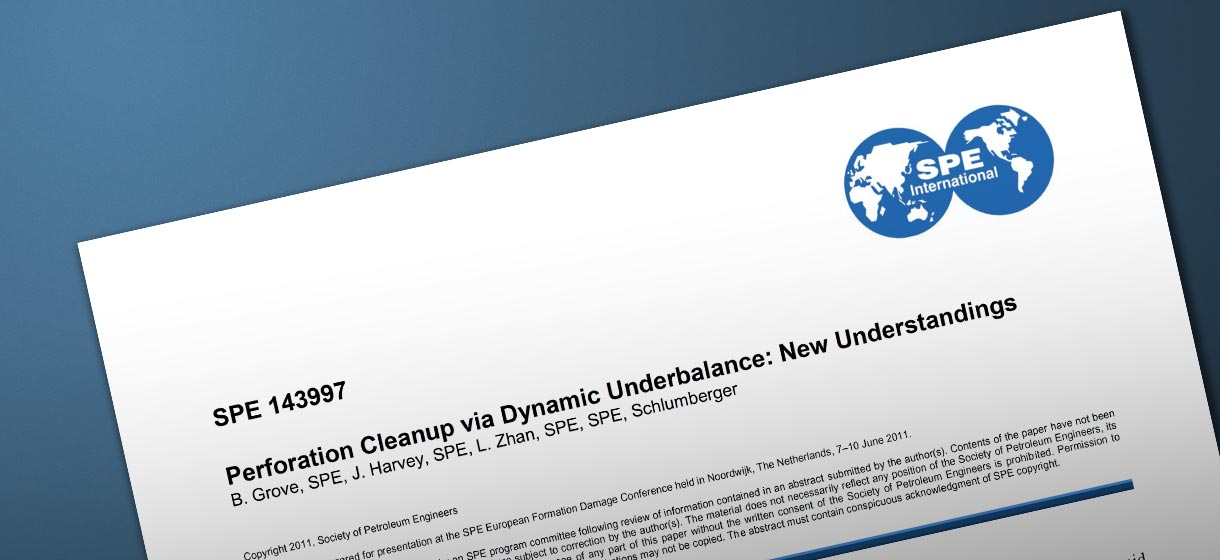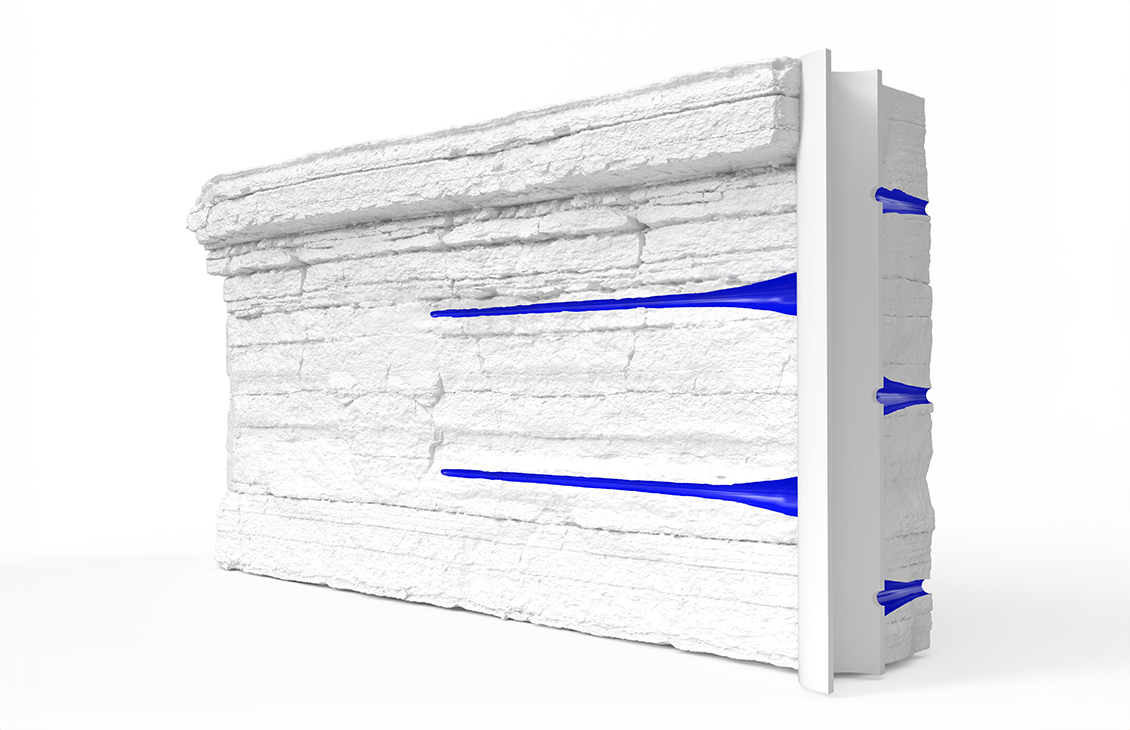Performs stubborn debris removal from existing perforations in permeable rocks
P3 postperforating treatment removes a wide range of debris and material trapped in your well's perforation tunnels and does not perforate new holes in the wellbore casing. It can be used any time after initial perforation or completion, from hours to years later.
This patented treatment can be used for all well types, including geothermal, to
- remove perforation damage, scale, asphaltene, fines, and other flow obstructions
-
clean sand screens and ICDs
-
serve as pregravel-pack treatment
- enable diagnostics, including debris samples.







